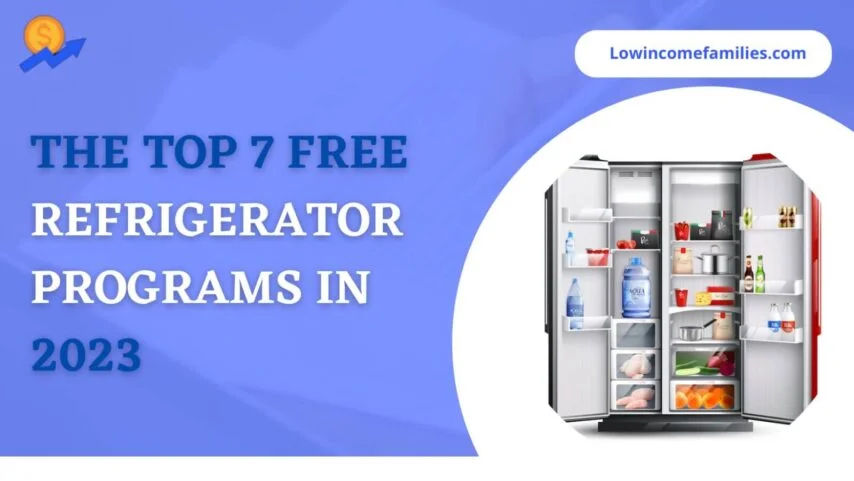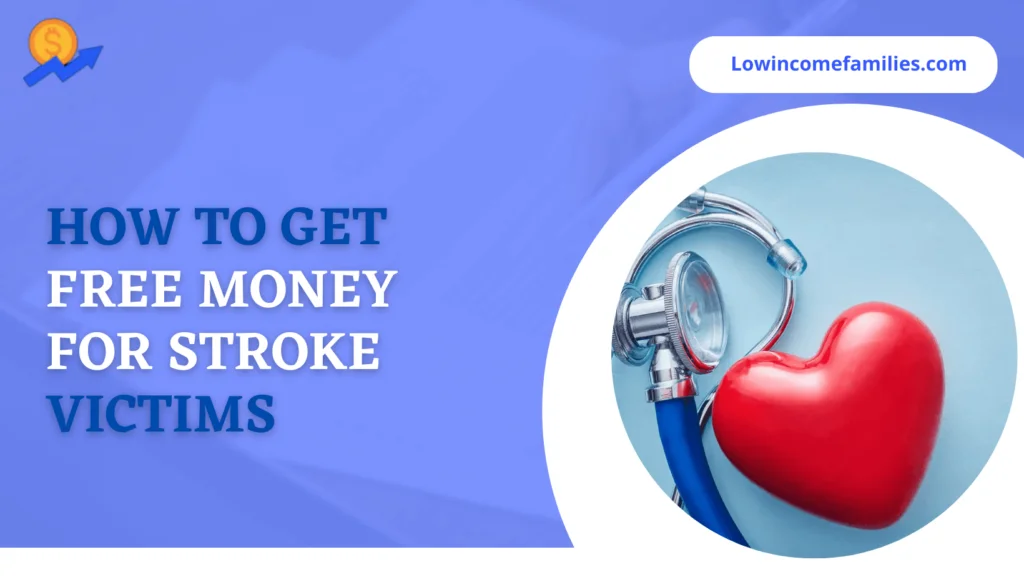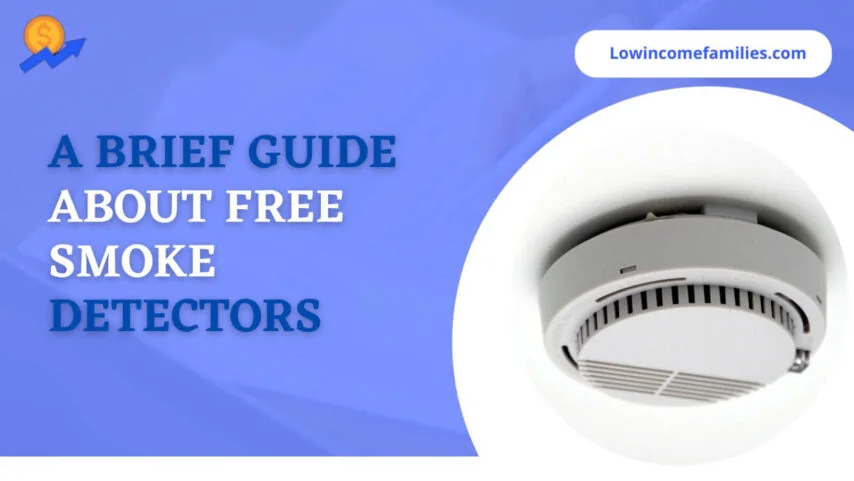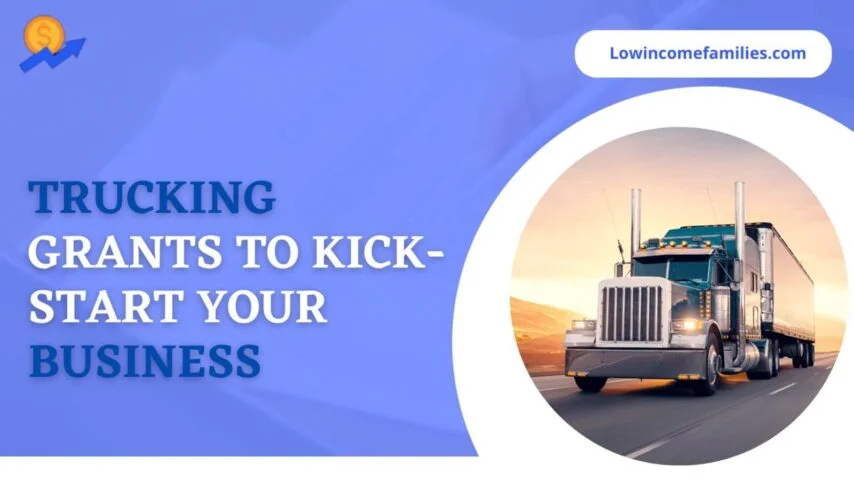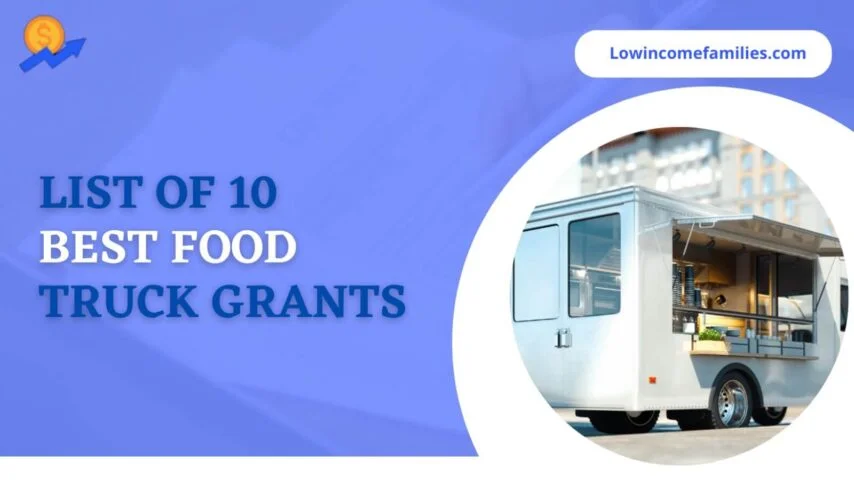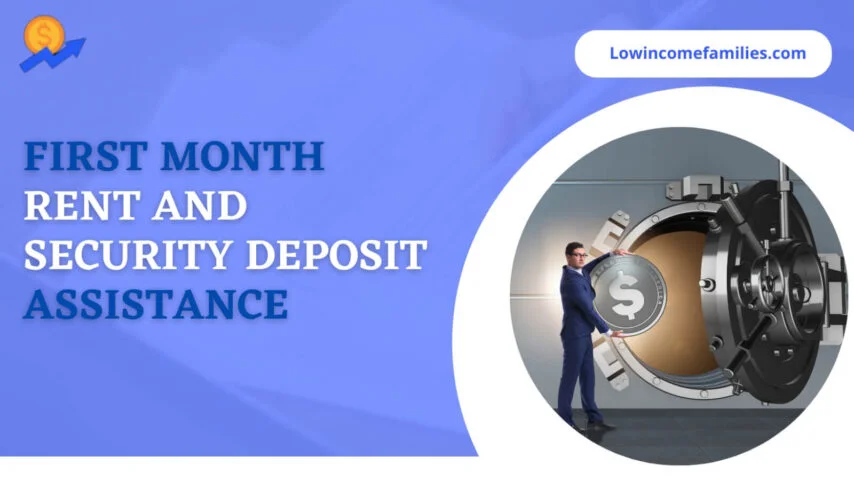There are many programs available in the U.S. that offer free refrigerators to those in need. In this blog post, we’ll cover the top 7 free refrigerator programs available in the U.S., including LIHEAP, free refrigerator programs for low-income families, seniors, and even those who can find one on Craigslist. Read on to learn more about these programs and how you can qualify for one.
Top 7 Programs For Free Refrigerators
-
The Low Income Home Energy Assistance Program (LIHEAP)
The Low Income Home Energy Assistance Program (LIHEAP) is a federally funded program administered by the U.S. Department of Health and Human Services. It provides financial assistance to low-income families to help them pay their energy bills.
The program also assists with free refrigerator programs, as it helps cover the cost of purchasing new refrigerators for households with limited resources.
How to Find Tenant Lawyer Free Consultation
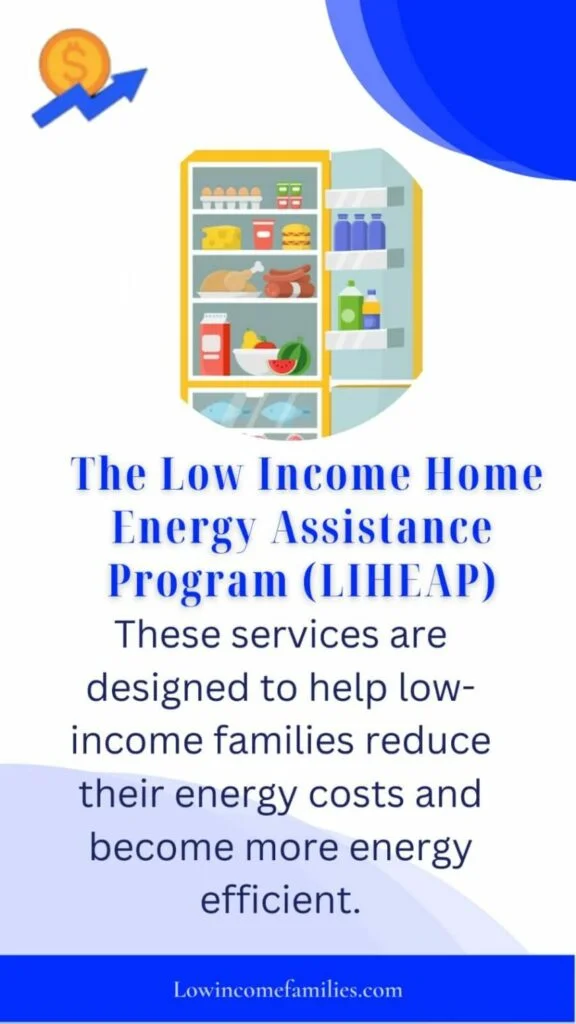
LIHEAP grants may be used to purchase new refrigerators for qualified households and energy-efficient appliances. Households must meet certain income guidelines and other eligibility criteria to qualify for this program.
Eligibility requirements vary by state, but applicants generally must have an annual income at or below 150% of the federal poverty level.
Eligible households may receive grants of up to $2,000 per year to cover the cost of purchasing and installing a new refrigerator and up to $500 to cover the energy-efficiency improvements to the appliance.
This includes energy-efficient refrigerators that meet or exceed Energy Star qualifications. Additionally, some states offer additional incentives for households that purchase energy-efficient refrigerators.
Churches That Help Families In Need
In addition to providing grants for new refrigerators, LIHEAP also offers several other services and programs, such as emergency energy assistance, weatherization services, and energy conservation measures.
These services are designed to help low-income families reduce their energy costs and become more energy efficient.
-
The Weatherization Assistance Program (WAP)
The U.S. Department of Energy administers the Weatherization Assistance Program (WAP). The program helps reduce energy costs for low-income households, primarily those with the elderly, people with disabilities, and families with children.
It does this by improving the energy efficiency of homes through insulation, weather-stripping, and other energy-saving measures. In addition to helping reduce energy costs, these measures can improve home safety and comfort.
One of the ways WAP helps low-income households is by providing free refrigerators to eligible households. These refrigerators are designed to help reduce energy costs by using less energy than standard refrigerators.
The program also provides an annual energy assessment to determine eligibility for the free refrigerator program. To be eligible for the free refrigerator program, households must meet certain income requirements and have an energy assessment.
Once approved, the refrigerator will be delivered to the eligible household’s home and installed at no cost. The program also provides ongoing maintenance and repair services at no cost to ensure that the refrigerator continues to run efficiently and remains safe for use.
The Weatherization Assistance Program is a great way for low-income households to reduce energy costs and improve home safety and comfort. The free refrigerator program is just one of the many benefits that can be received through the program.
If you qualify for the free refrigerator program, contact your local Weatherization Assistance Program office for more information and to apply.
-
The Community Services Block Grant (CSBG)
The Community Services Block Grant (CSBG) is a federal program that funds states, territories, and tribal organizations to help low-income individuals and families gain self-sufficiency and economic independence.
Through the CSBG program, states can provide access to free refrigerators and other resources to those in need. Typically, states will offer free refrigerators through local charities, churches, and nonprofits that partner with the state’s social services department.
These organizations will often work with eligible individuals and families to determine their specific needs and then provide free refrigerators based on those needs. Sometimes, they may even offer free refrigerator delivery and other assistance.
In addition to providing free refrigerators, the CSBG program also offers additional services such as emergency financial assistance, job training and placement, counseling, and educational support.
By connecting individuals and families with these services, the program helps them achieve long-term self-sufficiency and economic stability.
How To Get Boost Mobile Free Tablet 2024
For more information about the CSBG program and how to apply for assistance, contact your local community service agency or visit the official website of your state’s social services department.
-
The Supplemental Nutrition Assistance Program (SNAP)
The Supplemental Nutrition Assistance Program (SNAP) provides eligible individuals and families with funds to purchase food items for at-home preparation. In some states, SNAP may also offer a free refrigerator to recipients.
To qualify for a free refrigerator through SNAP, individuals must meet eligibility criteria, income guidelines, citizenship/alien status, and residency. In addition, they must have an active SNAP case number and participate in a SNAP-approved program.
In most cases, those who qualify for a free refrigerator must sign up with their local social service agency or contact their state’s Human Services Agency to request a refrigerator.
Once approved, the local social service agency will work with the recipient to select the type of refrigerator that best meets their needs.
Free Food Delivery with No Money
The free refrigerator will be delivered to the recipient’s home, so individuals must have access to an appropriate space in their home that can accommodate the size and weight of the refrigerator.
In some cases, individuals may be required to provide proof of ownership of their residence before the delivery of the refrigerator can take place.
Finally, recipients must continue to meet the income guidelines and other program requirements to maintain eligibility for a free refrigerator through SNAP.
In summary, the Supplemental Nutrition Assistance Program (SNAP) provides eligible individuals and families with funds to purchase food items for at-home preparation.
Some states may also offer a free refrigerator to recipients who meet certain eligibility criteria and requirements. Those interested in obtaining a free refrigerator should contact their local social service agency or their state’s Human Services Agency.
-
The Emergency Food Assistance Program (TEFAP)
TEFAP is a federally funded program that provides food to low-income households and helps supplement their diets. The program allows eligible households to receive free refrigerators through their local food bank.
To qualify for a free refrigerator, households must first meet certain criteria:-
- They must have an annual income below the poverty line.
- They must reside in a household size that matches the federal guidelines.
- They must provide proof of residence in their local area.
Once approved, households will receive a voucher from the food bank that can be used to purchase a new refrigerator from an authorized retailer. The refrigerator will be delivered to their home at no additional cost.
Households should also be aware that some retailers may require them to provide an additional deposit for the refrigerator, which will be refunded when the appliance is returned to working condition.
In addition to providing refrigerators, TEFAP also offers other benefits to eligible households. Through the program, households may receive non-perishable food items such as canned and dry goods. They may also receive other appliances, such as microwaves and stoves, at no additional cost.
The Emergency Food Assistance Program is a great way for low-income households to save money on groceries and get their needed appliances. If you qualify, contact your local food bank today and find out if you are eligible for a free refrigerator and other benefits through TEFAP.
How To Get Free Government Internet
-
The Special Supplemental Nutrition Program For Women, Infants, And Children (WIC)
The Special Supplemental Nutrition Program for Women, Infants, and Children (WIC) is a federal program designed to provide nutritional assistance to low-income pregnant, breastfeeding, and postpartum women as well as to infants and children up to the age of five.
Sometimes, WIC participants may also get a free refrigerator through the program. Contact your local WIC office to find out if a refrigerator is available in your area.
This program allows eligible individuals to receive free formula, milk, and other nutritious foods such as cereal, cheese, eggs, juice, peanut butter, canned beans, and fish. In addition, they can also receive nutrition education, breastfeeding support, referrals to healthcare providers, and other social services.
WIC is administered by the U.S. Department of Agriculture (USDA) and is available in all 50 states and several territories. To qualify for WIC benefits, an individual must meet certain income requirements and be at risk for nutrition-related health problems.
Applicants must also provide proof of residency and proof of identity. Each state may have additional requirements that must be met to qualify for WIC.
Once an individual has been approved for WIC benefits, they will receive a WIC card which they can use to purchase approved foods at participating grocery stores and pharmacies.
-
The National School Lunch Program (NSLP)
The National School Lunch Program (NSLP) is a federally-assisted meal program in public and nonprofit private schools and residential childcare institutions. It provides nutritionally balanced, low-cost or free lunches to eligible children each school day.
One great benefit of the NSLP is the ability to get a free refrigerator for qualified households. Families must meet certain income requirements to qualify for this free refrigerator based on their household size.
Additionally, families must be enrolled in the NSLP and participate in the Free and Reduced Price Meal Program. To determine if your family qualifies for a free refrigerator, contact your local school district or child nutrition office.
The office staff can help you determine eligibility and provide you with an application. Once you’ve completed the application and it is approved, you will be given instructions on receiving your free refrigerator.
Getting a free refrigerator through the NSLP can make meal planning easier for struggling families. This benefit can make storing fresh fruits, vegetables, and other perishable food items easier in a home setting.
In addition, many school districts have partnerships with retailers who offer additional savings to families who receive a free refrigerator from the NSLP.
The NSLP is a valuable resource for families struggling to make ends meet. If you think you may qualify for a free refrigerator through the NSLP, please get in touch with your local school district or child nutrition office for more information.
Free Grant Money for Bills and Personal Use
Conclusion:-
For free refrigerator programs, there are many options for those needing assistance. From the Low Income Home Energy Assistance Program (LIHEAP) and the Weatherization Assistance Program (WAP) to the Supplemental Nutrition Assistance Program (SNAP) and the Senior Farmers’ Market Nutrition Program (SFMNP), there is a free refrigerator program for nearly every circumstance.
However, it is important to note that these programs are subject to change, so staying current with your local government or community center for the most current information is best. Additionally, if you have any questions or concerns regarding a particular program, it is important to contact the program’s representative directly.
Frequently Asked Questions
What is the most trouble-free refrigerator?
When shopping for a new refrigerator, look for one that has an Energy Star rating and is rated for energy efficiency. Look for features like adjustable temperature settings, quick-freeze or quick-cool functions, and built-in ice makers. Also, research the brand to ensure it is well-known for its quality and dependability.
What is a frost-free refrigerator?
A frost-free refrigerator is a type of refrigerator that eliminates the need to defrost manually by circulating cool air throughout the interior to prevent frost from forming. This helps to save energy and keep food fresher for longer.
How can I save money on my fridge?
The best way to save money on your refrigerator is to purchase an Energy Star-rated model and use it efficiently. Adjust the temperature settings to the appropriate level and clean the condenser coils regularly. Also, consider using a timer to shut off the refrigerator when not in use.
How can I save money on my fridge freezer?
The same energy-saving tips apply to fridge freezers as to regular fridges. Choose an Energy Star-rated model and adjust the temperature settings appropriately. Clean the condenser coils regularly, and consider using a timer to turn off the fridge when not in use.
Do fridges waste a lot of electricity?
Fridges do not necessarily waste electricity if they are used properly. Make sure you select an Energy Star-rated model and use it efficiently. Adjust the temperature settings appropriately and clean the condenser coils regularly. Also, consider using a timer to shut off the fridge when not in use.
